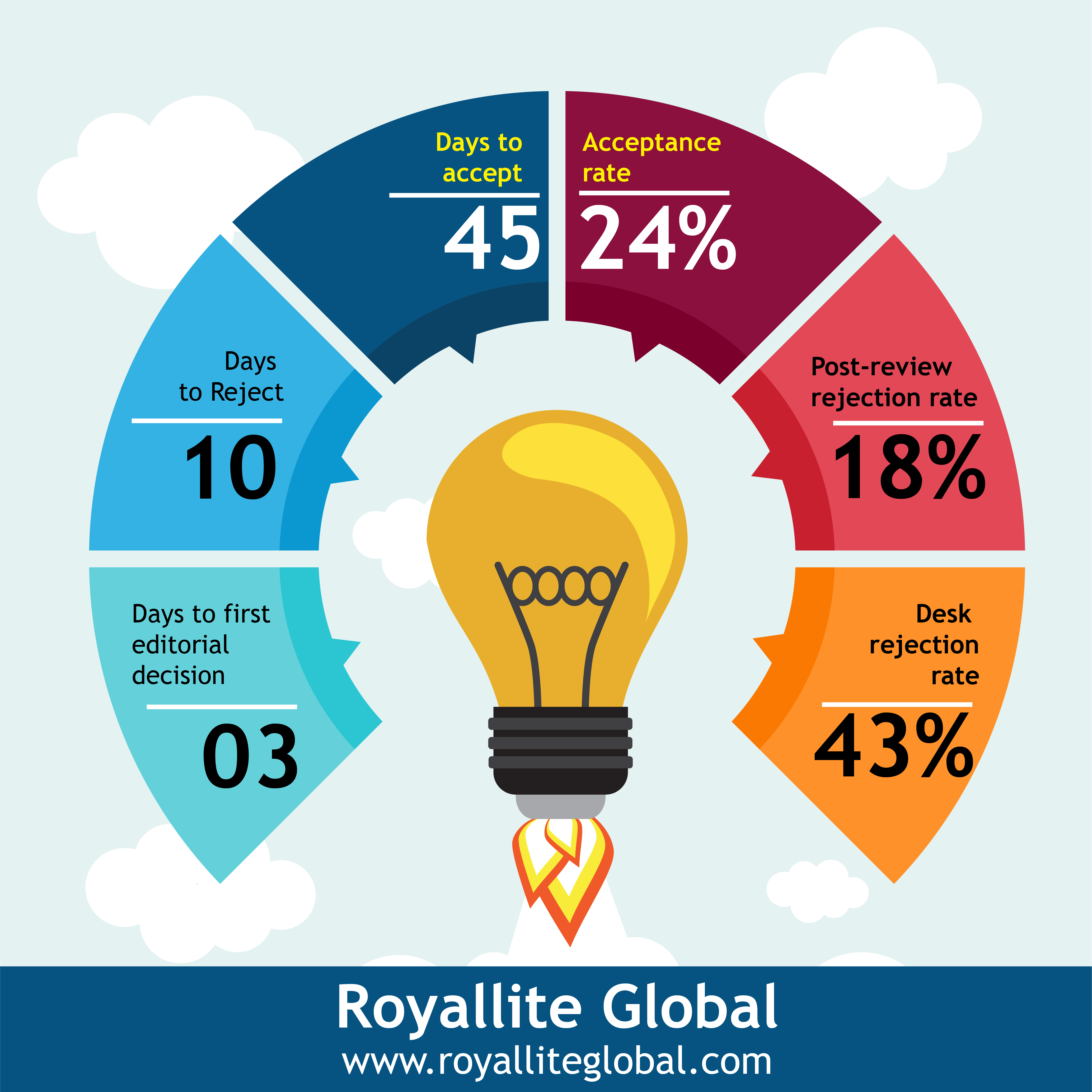Milestones towards FGM eradication among the Abagusii of Kenya
Keywords:
FGM, prevalence, ARP, girls and women, female, communityAbstract
Despite Female genital mutilation (FGM) being a violation of human rights against girls and women, it has persisted for several centuries. Therefore, this study sought to find out the milestones covered towards its eradication. FGM entails the partial or total removal of external female genitalia or other injuries to the female genital organs for non-medical reasons. It does not only harm women physically, but also harms their emotional health with far reaching effects throughout their lives. The study was conducted in the greater Kisii (Kisii and Nyamira counties) utilising 252 participants and employed a mixed research design. Data were collected using questionnaires, and structured interview schedules. The study concluded that despite its persistence, FGM has generally shown a painfully low declining prevalence. In the greater Kisii and indeed elsewhere, the situation is complicated by studies employing outdated data. Also, the study found that eradication of FGM is possible through the use of a combination of multi-community level interventions and national legislative mechanisms. In addition, increased education and awareness as well as driving the process through community approaches can increase effectiveness. This is because education is a salient prime mover for behaviour change. This study suggests that developing an Alternative Rite of Passage (ARP) may be an easier way to eradicate FGM. In conclusion, ending FGM is a tricky matter that is intertwined and embedded in culture. However, the fact that most girls have not undergone FGM is a clear indication that FGM is headed towards its end.
References
Bedri. N, Sherfi. H, Rudwan. G, Elhadi. S, Kabiru.C, & Amin. W (2019). Shifts in FGM practice in Sudan: Communities’ perspectives and drivers. BMC Women's Health 19,
Bettina, S. D., Zhuzhi, M., Njue, C., (2017). The medicalization of female genital mutilation/cutting: What do the data reveal? DOI: 10.13140/RG.2.2.17903.33442
Kimani. S, Kabiru. C., Muteshi, J., Guyo, J. (2020). Female genital mutilation/cutting: Emerging factors sustaining medicalization related changes in selected Kenyan communities. https://doi.org/10.1371/journal.pone.0228410
UNICEF, (2020a). Female genital mutilation in the global development agenda: A Profile of Female Genital Mutilation in Kenya
UNICEF (2020b) Accelerating abandonment of Female Genital Mutilation (FGM) and Child Marriage in Kenya
UNICEF (2010) legislative reform to support the abandonment of Female Genital Mutilation/Cutting
WHO (2020) Female genital mutilation: At least 200 million girls and women alive today living in 31 countries have undergone FGM
WHO (2020) unleashing youth power: a decade of accelerating actions towards zero female genital mutilation
Downloads
Published
Issue
Section
License
Copyright (c) 2021 Callen Nyamwange

This work is licensed under a Creative Commons Attribution-NonCommercial-ShareAlike 4.0 International License.
This open-access article is distributed under a Creative Commons Attribution (CC-BY) 4.0 license.
You are free to: Share — copy and redistribute the material in any medium or format. Adapt — remix, transform, and build upon the material for any purpose, even commercially. The licensor cannot revoke these freedoms as long as you follow the license terms.
Under the following terms: Attribution — You must give appropriate credit, provide a link to the license, and indicate if changes were made. You may do so in any reasonable manner, but not in any way that suggests the licensor endorses you or your use.
No additional restrictions: You may not apply legal terms or technological measures that legally restrict others from doing anything the license permits.






